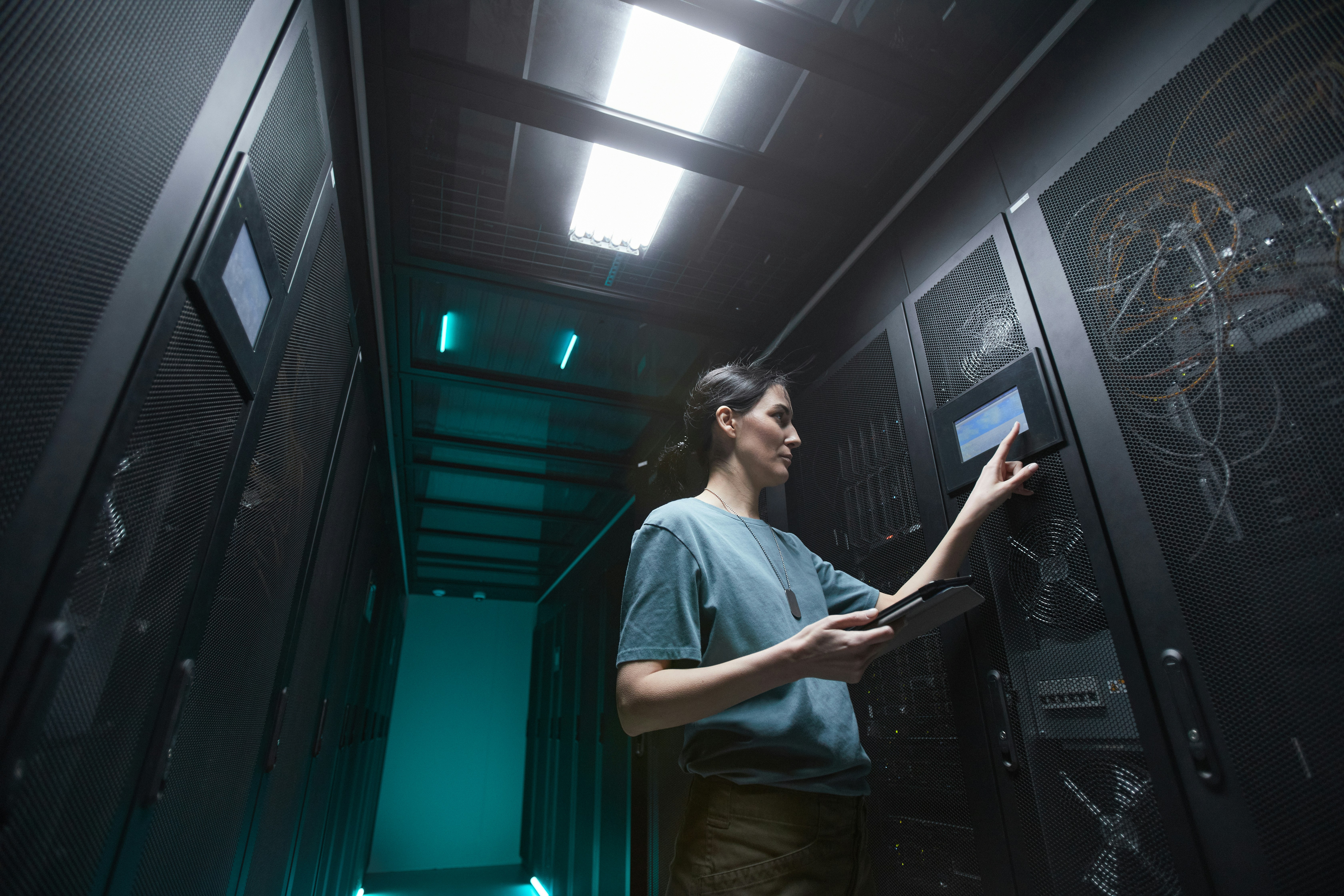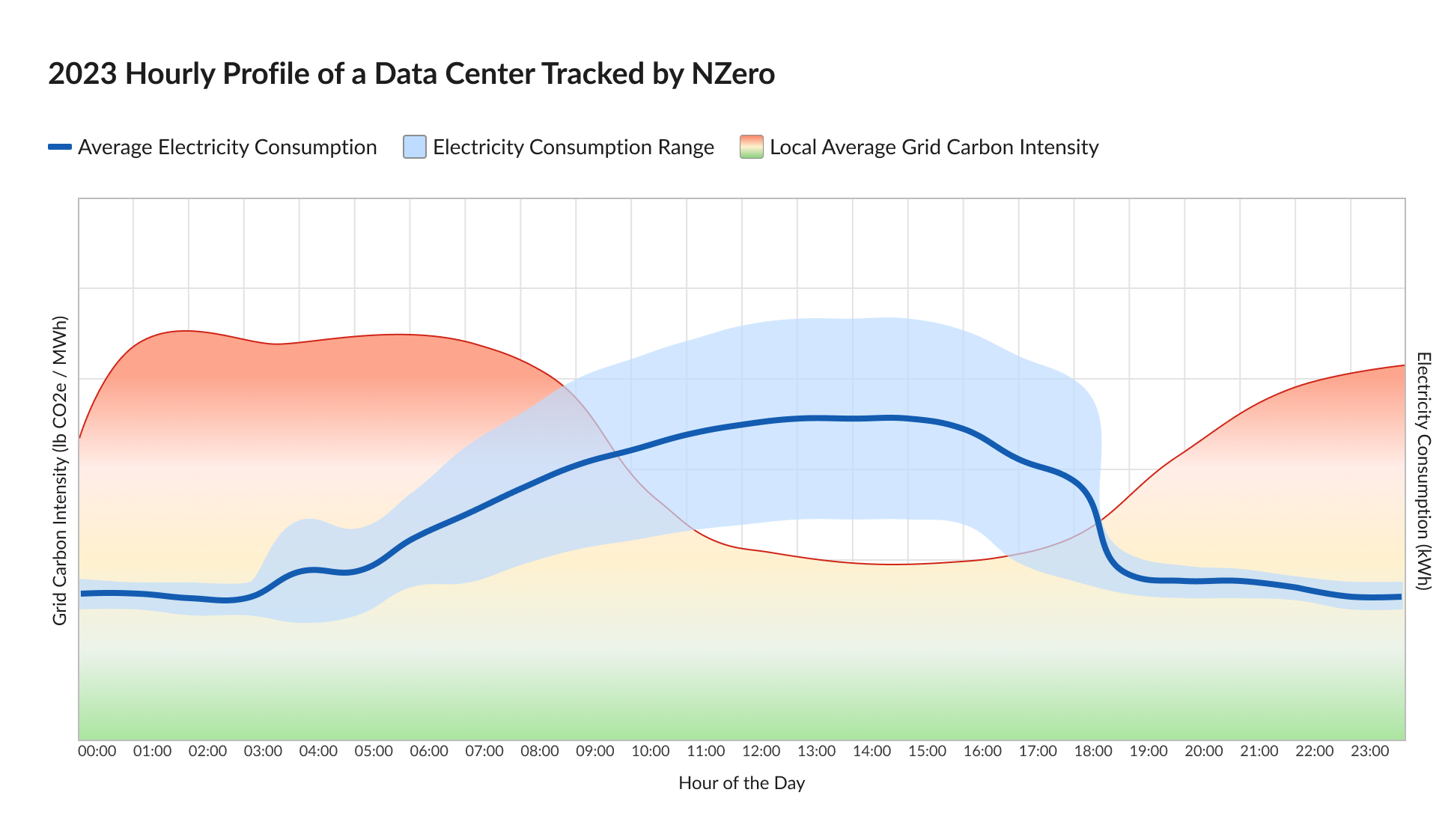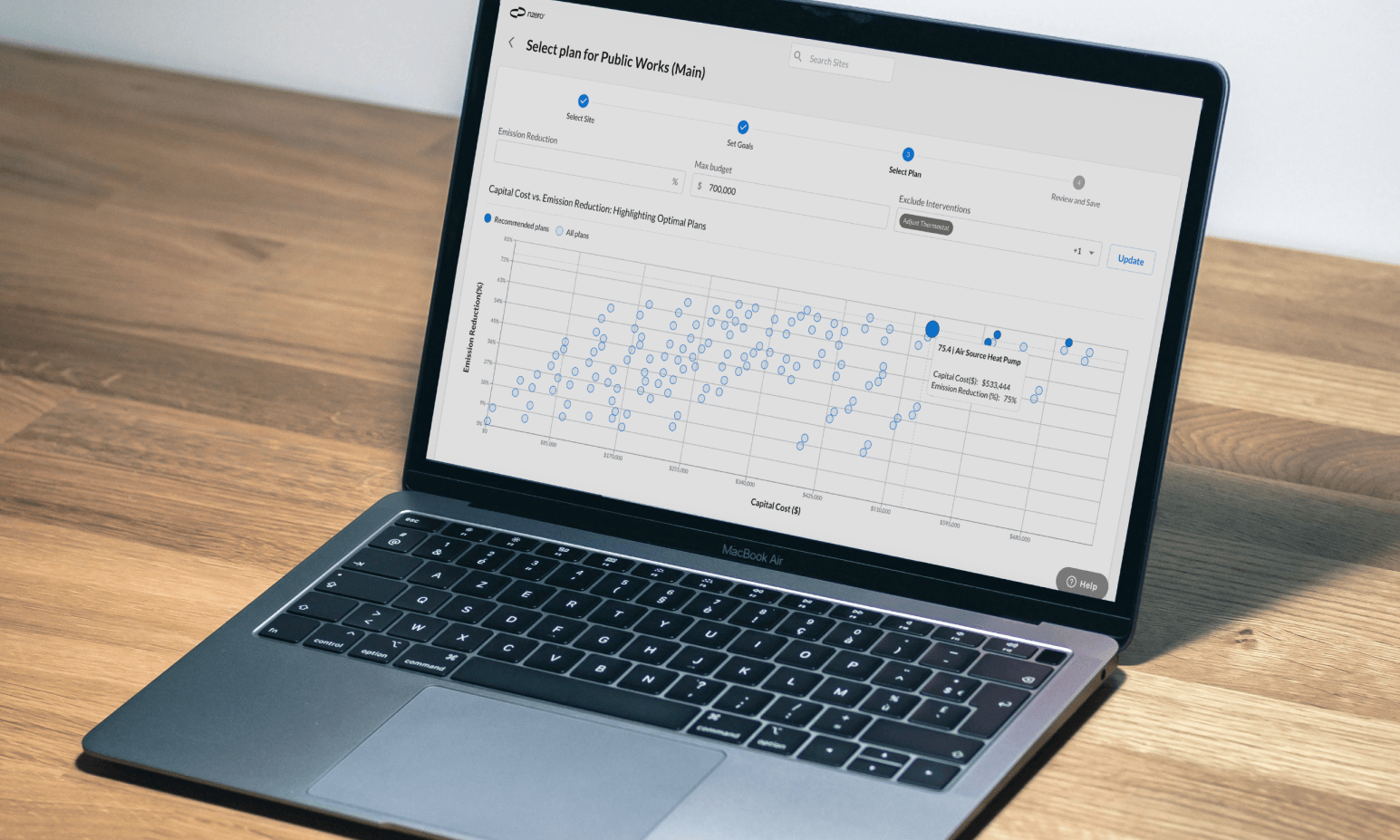How Data Centers Can Scale Sustainably to Meet Demand.
Published May 14, 2024
The New York Times recently reported that in the next five years electricity demand in the U.S. will reach such a peak – a projected 38,000 megawatts nationwide – that it will be like “adding another California to the grid.” The need for more electricity can be traced to a country and society in the midst of a profound transition, both for environmentally positive ways like electric car manufacturing and charging stations, as the Times piece points out, but also to serve a culture predominantly lived online. In 2022, two years post-pandemic, overall internet traffic increased 30%, a reflection of more remote working, video streaming, online shopping and the rise of artificial intelligence. All of this puts strains on connectivity, which has sparked an expansion of data centers all across the country.
As the demand for AI-driven technologies continues to rise at an unprecedented pace, data centers face incredibly difficult challenges in meeting their net-zero targets due to the increased workload and energy consumption associated with AI processing. According to the IEA, data centers consumed about 240-340 TWh in 2022, accounting for about 1-1.3% of global electricity use. This excludes cryptocurrency mining which accounted for yet another ~0.4% alone. With global energy demand from data centers expected to double by 2030, their GHG emission reduction goal – to be halved by 2030, with a Net-Zero target by 2050 – may seem utopian. However, diligent and aggressive energy efficiency strategies combined with the emergence of innovative technologies to accelerate the clean energy transition, as well as deep collaborations across its supply chain, are powerful tools that can help data centers meet their climate goals today.
It starts with the adoption of energy-efficient hardware and infrastructure designs. Data centers can invest in advanced cooling systems such as PFAS-free dual-phase liquid cooling technology to reduce energy consumption for cooling purposes. Furthermore, deploying energy-efficient servers and optimizing data center layouts can minimize energy wastage and improve overall performance, helping offset the energy demands of AI workloads. For instance, Ensono, a managed service provider and one of NZero’s large data center customers, succeeded in reducing its energy consumption by close to 25% and its emissions by over 30% over the past 5 years by shifting operations away from an older, smaller and inefficient leased data center towards a more efficient hyperscale data center with state-of-the-art hardware infrastructure. In addition, optimizing AI algorithms and implementing intelligent workload scheduling techniques can enhance energy efficiency within data centers. By distributing workloads effectively across servers and leveraging AI algorithms to dynamically adjust computing resources based on demand and priority, data centers can reduce idle resource consumption and improve overall energy utilization efficiency.
Maximizing energy efficiency is the first and fundamental step to decrease the massive amount of energy required to operate data centers. Leveraging carbon-free energy or other renewable technologies like solar, wind or hydro, data centers can further reduce their carbon footprint and move closer to achieving net-zero emissions. Implementing energy storage solutions like batteries and demand response programs through digitalization, can also enhance the flexibility and resilience of renewable energy integration, ensuring consistent and sustainable power supply for AI workloads. Looking ahead, even though waterless Molten Salt Reactors (MSR) likely won’t be commercialized for a decade or more, hyperscale data centers see hope with the advancements of modular nuclear technology, and particularly in water-cooled Small Modular nuclear Reactors (SMRs), to supply their growing energy demand reliably while enhancing their resiliency.
Innovative data and decarbonization software solutions like NZero enable data centers to match their energy consumption with the grid carbon intensity at a granular level, both locational and temporal, and derive their hourly carbon emission profile. In the figure below, the electrical consumption of this data center is higher during cleaner time of the day and lower when the carbon intensity of the grid is higher. Hourly emission profile empowers data center providers to shift workloads at hours of the day to data centers with cleaner carbon grid intensity, or to deploy the use of targeted renewable energies paired with energy storage solutions when the grid carbon intensity is higher.

Electrical consumption of a data center client of NZero's.
While scope 2 emissions from purchased electricity contribute to a large part of data centers GHG emissions, scope 3 can account for the greatest portion of their total carbon footprint, largely driven by their capital goods and new construction’s embodied carbon emissions. It is however one the most challenging data points to acquire and quantify given the inherent complexity of supply chains, which limits the ability for data centers to develop targeted decarbonization pathways. Fortunately, more and more equipment suppliers are now committed to collaborating with data centers by providing Environmental Product Disclosures (EPD), which enables data centers to integrate such sustainability metrics in their vendor and materials selection process. Developing EPDs also empowers data center vendors to identify opportunities to reduce their own product carbon footprints, benefiting from the rise of revolutionary technologies such as green cement and green steel.
With electricity demand for data centers forecasted to double by 2030 or sooner, COP28’s pledge to triple renewable energy generation globally by 2030 will not be enough for data centers to halve their emissions by that deadline unless they continue to act relentlessly on enhancing their energy efficiency across many fronts. In the way of progress are typical foes: the status quo reliance on fossil fuels, the weakness of regulations that, as of yet, failed to overcome the financial incentives utility companies access when building new gas plants, and a feeling of discouragement in the face of the daunting task of tackling the climate crisis with the urgency it deserves.
Fortunately, we believe success is possible and we have reason to. NZero counts many data centers as customers and participates deeply in their aggressive and achievable net zero goals. We have seen firsthand a growing number of them seeking our expertise to perform life cycle analyses across embodied, operational, transport and construction emissions to identify and select low carbon materials, in addition to developing customized decarbonization roadmaps across their total carbon footprint.
The swelling appetite for more electricity to power our modern life should not and does not have to come at the expense of disrupting Earth’s precious ecosystem and climate. Both can coexist by leveraging the right combination of energy efficiency strategies, carbon-free energy supply, disruptive clean technologies, as well as through active and transparent collaboration between data center stakeholders. We know this because we see it in the work we do every day.

Powering your path toward decarbonization success.
NZero's platform and expert services help you reduce costs, risks and your carbon footprint.
